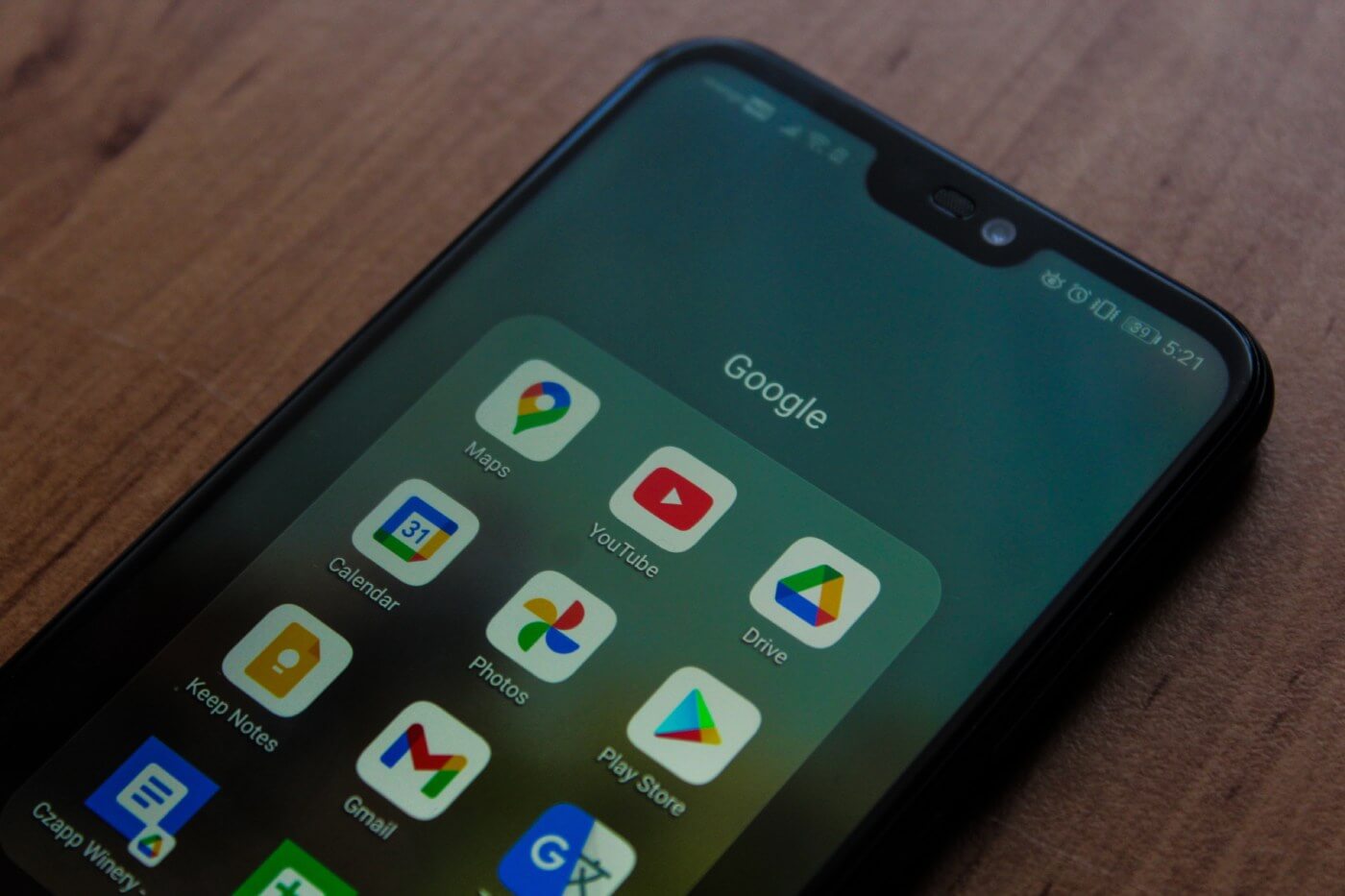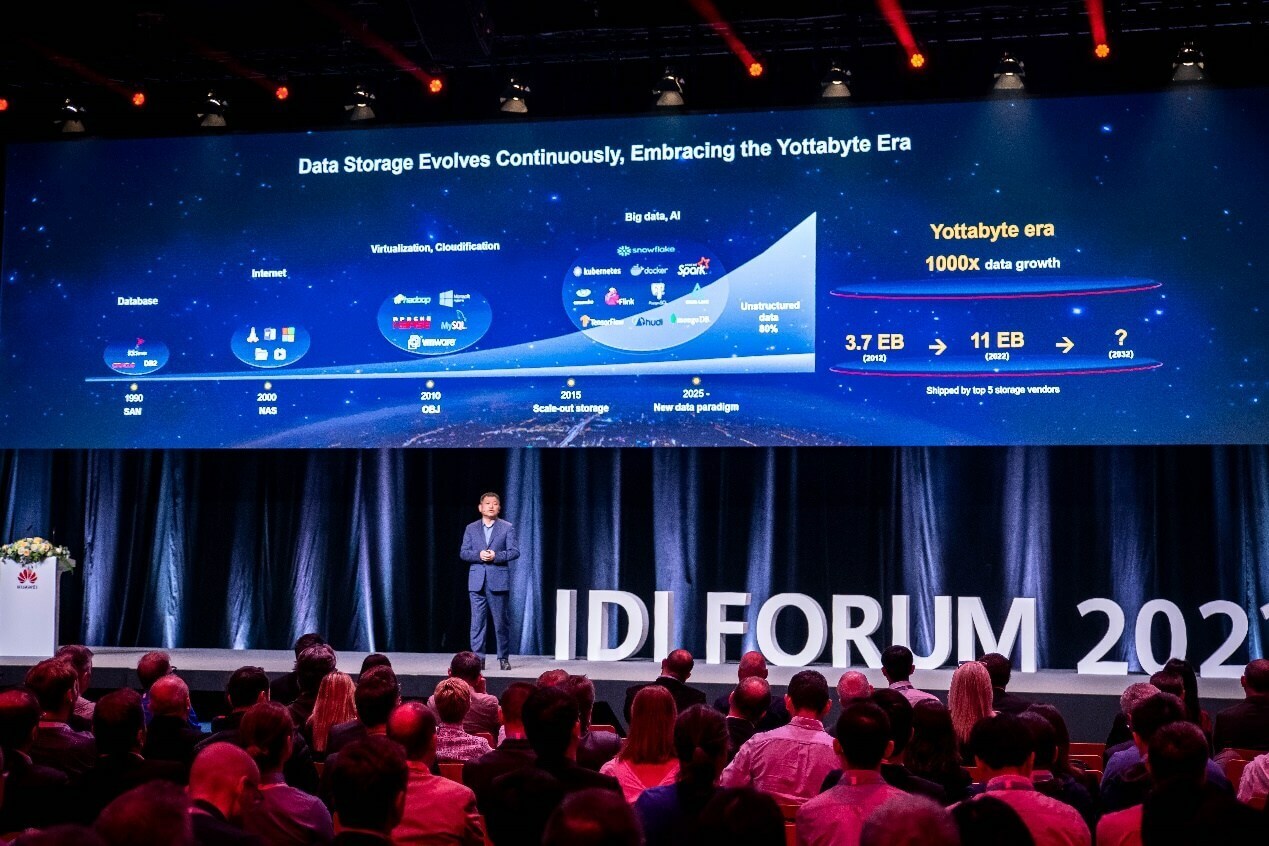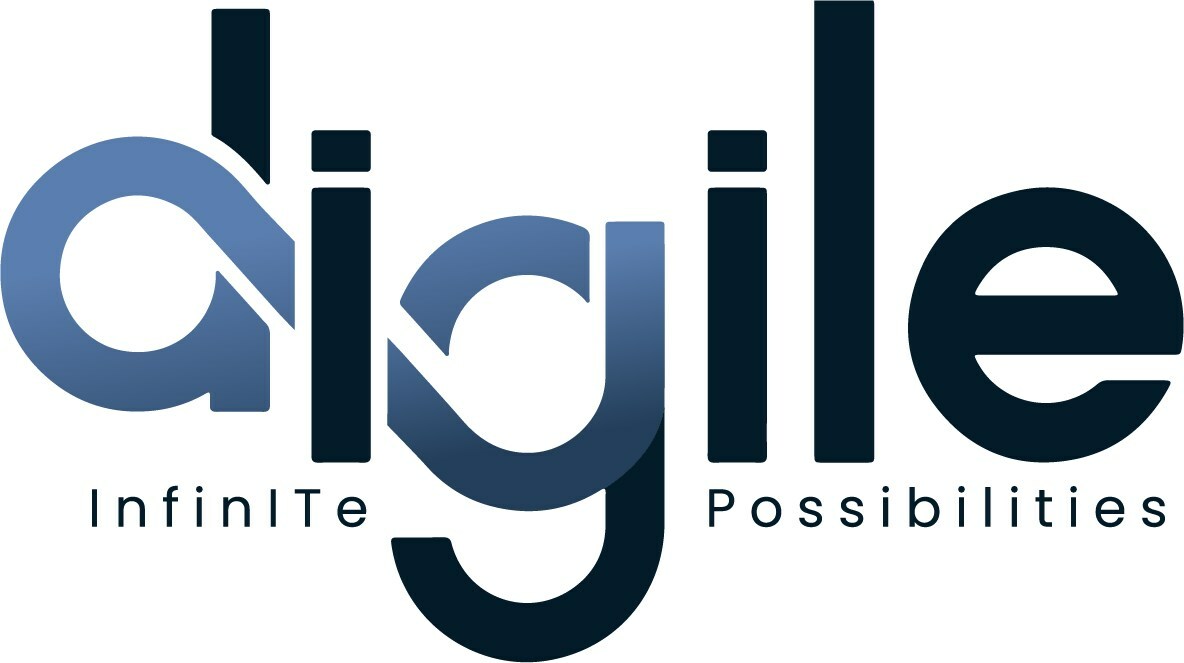- You are here:
-
Home

-
Asian e-Marketing

-
July - August 2009

- WURFL & HDCP Technologies
-

Black Friday Online Shopping Safety Checklist
Vigilance is urged during this 2023 Black Friday and Cyber Monday, as “AI generated scams enhance the threat to this year’s festive shoppers, as it’s revealed over 7 in 10 British people worry that AI will make it easier for criminals to commit online fraud” – NCSC.
But while AI scams like voice cloning, romance scams, and language mimicking are on the rise, “93% of the biggest spenders, millennials aged 24-35, plan to shop during this coming weekend. And they spend an average of $419.52 per person.” But with cyber security threats at an all-time high, how can shoppers and businesses stay cyber safe?
Here are our top tips for staying safe online, and the preventative measures that can be taken while shopping for your latest bargain.- Be Aware of Phishing & Quishing Attacks
SecurityHQ analysts have recently observed a significant increase in Business Email Compromise (BEC), regarding phishing attacks containing QR code (Quishing) and captchas for credentials harvesting. Quishing attacks usually occur via the scanning of a QR code. This technique involves tricking users into scanning a QR code using a mobile phone. The QR code then redirects the user to a phishing or fake website that aims to steal their credentials.
Read more about Quishing, and how to spot QR Code vulnerabilities, here. - Read the Small Print
If something seems too good to be true, it probably is. While Black Friday deals can offer huge discounts that are genuine, people still need to make money. Anything ridiculously cheap is a red flag.
What to look for:
- It is worth checking the reputation score of retailers to determine if that retailer can be trusted.
- A website with no company address, descriptions or specifications on items are all red flags. Look for the details. And do not base purchases solely off star ratings, as these can be fake.
- Pop-ups that offer free electronics are obvious scams, containing malicious phishing links, and should be avoided at all costs.
- Read the small print. Often cons are perfectly visible if you know what to look for. Like seeing a picture of a laptop being advertised, going to buy said laptop for a reduced rate without reading the small print, and receiving a literal picture of a laptop in the post. The devil is in the detail.
- Use Reputable Websites/Companies
Tried and Tested – Using websites that are globally known is a good way to avoid any nasty surprises. Even if it is a couple of pounds more, it is worth knowing where your money is going and that your purchase will be tracked and delivered.
Use Antivirus Software that will warn you of potentially dangerous sites in search results as well.
Look For Suspicious Emails, as well as suspicious calls and text messages. Never click on a link you are unsure of, and never provide personal information over the phone. Read more on email security, here. - Stop, Look, Check, Pay
Secure Sockets Layers (SSL) are used to ensure data is encrypted before being transmitted across the web. It is also an indication that an organization has been verified. Keep an eye out for HTTPS in the address bar rather than HTTP, as this highlights a site uses SSL.
Make Sure the Website That You Intend to Shop on is Not a Copy of a legitimate one. Verify that the date and name of the organization are consistent with the site you are visiting. And look for typos in the URL. Your best bet it to go directly to the website yourself, and do not access it through links on other sites/emails.
When using public Wi-Fi, use a VPN as the most effective way to stay safe and so that hackers do not steal your personal data while you are on an unsecure network. - Check Your Bank Account
- Use a credit card or payment method which offers protection (i.e., PayPal).
- Check your accounts regularly for fraudulent activity.
- Only provide enough details to complete your purchase (no extra details required)
- Keep Your Passwords Safe & Don’t Use Default Credentials
Default credentials used by applications and appliances are often published on the internet. This can be a big problem. An attacker will typically first scan your network to see where they can move next. If an attacker was lucky enough to identify applications or appliances with default credentials enabled, it won’t take them long to hunt on the internet for these published credentials. Read how to detect default credentials, here.
Finally, keep your passwords safe. Read this blog on password protocols to learn more. Don’t let cyber scams ruin your festive fun this winter!
By SecurityHQ - Be Aware of Phishing & Quishing Attacks
-

IBM report: half of breached organizations unwilling to increase security spend despite soaring breach costs
IBM released its annual Cost of a Data Breach Report, showing the global average cost of a data breach reached $4.45 million in 2023 – an all-time high for the report and a 15% increase over the last 3 years. Detection and escalation costs jumped 42% over this same time frame, representing the highest portion of breach costs, and indicating a shift towards more complex breach investigations.
-

SentinelOne enhances cloud security with Snyk
Prioritizing which vulnerabilities to fix is a challenge for software developers, and the complexities of modern apps and the software supply chain have only made things more difficult. SentinelOne, a global leader in AI security, is partnering with Snyk, the leader in developer security, to ease the burden by integrating Singularity Cloud Workload Security, its real-time Cloud Workload Protection Platform (CWPP) with the Snyk Developer Security Platform.
-

Meltwater Brings Powerful New Enterprise Suite to APAC
Meltwater, a global leader in media intelligence and data analytics, today announced the availability of Meltwater Enterprise Intelligence Suite, a comprehensive offering that promises vital insights and transformative impact to enterprise clients.
-

Bilateral 5G roaming agreements will push global losses to $8 billion by 2028
A new study from Juniper Research has found losses from global roaming fraud are anticipated to exceed $8 billion by 2028, driven by the increase in bilateral roaming agreements for data-intensive use cases over 5G networks. In turn, it predicts fraudulent data traffic will account for 80% of global operator roaming-based losses by 2024.
-

Challenges organizations face to be ready for a safe post quantum computing future
DigiCert released the results of a global study at its annual Trust Summit conference, exploring how organizations are addressing the post-quantum computing (PQC) threat and preparing for a safe post-quantum computing future.
-

API Security Company Neosec acquired by Akamai Technologies
Akamai Technologies, Inc. announced entering into a definitive agreement to acquire Neosec, an API detection and response platform based on data and behavioral analytics.
-

Fastest web-based editor released for a new era of storytelling across streaming, broadcast, digital and social media
Dalet, a leading technology and service provider for media-rich organizations, announced the release of Dalet Cut, the cloud-native, real-time, lightning-fast multimedia and multiplatform editor fully integrated within the Dalet ecosystem.
-

Google's approach to further reduce the security burden on users
October marks Cybersecurity Awareness Month and with online safety being top of mind, Google has launched new products and features to help people everywhere. These releases include in-built features that work around-the-clock to take the security burden off users, and updates to privacy controls that help to easily protect personal information.
- Dark web report: Users can check if their Gmail address has been exposed on the dark web as well as get guidance on how they can protect themself online by accessing the Dark Web Report in their account menu in the Google App. They just have to sign into the Google App and tap their profile picture to open the menu.
- Passwordless by Default: Passkeys are a simpler and more secure way to sign into sites online and can be used with the Google Accounts. To make transition to passwordless even easier, Google is offering the ability to set up passkeys for all users — by default.
- A new requirement to make email safer for everyone: Gmail recently announced new requirements for large senders to make email safer and more user-friendly for everyone, including enforcing authentication, enabling easy unsubscription, enforcing a clear spam rate threshold. This is in addition to Gmail’s AI-powered defenses, which block more than 99.9% of spam, phishing and malware — that’s 15 billion unwanted emails every day.
- Easier access to clear browsing data: Google added an option to quickly delete users’ browsing history in Chrome without interrupting current activities. Users just need to click the three dots in the top-right corner of the Chrome browser and select “Clear browsing data”.
- Use the Google App as the credential provider for your iOS device: Google Password Manager is built into the Google App and you can already use it to securely save your passwords and sign in faster when you’re using the app. Now, you can set it as your Autofill provider so that the Google App can help you quickly and securely autofill your passwords into any app or website on your iOS device.
Feel free to read more about the announcements in Google’s blog post.
By MediaBUZZ -

Alibaba Cloud unveils new AI Model to support enterprises' intelligence transformation
Alibaba Cloud, the digital technology and intelligence backbone of Alibaba Group unveiled its latest large language model, Tongyi Qianwen.
-

Majority of APAC consumers are willing to sacrifice data security for convenience
F5's latest Curve of Convenience 2023 report shows data security taking a back seat with APAC consumers, with an increased willingness to save and share personal payment data on multiple platforms.
-

Comprehensive protection measures a must to prevent data leaks and theft
Remote work, home office or hybrid work, have become the norm in today's business world and that most likely will stay that way. But the more employees work remotely, the greater the company's risk of falling victim to a cyberattack, making a sophisticated and multi-layered security concept the more essential for any company.
-

New Study by MAGNA & Yahoo Urges Marketers to Pair Media Placement with Quality Creative in Order to Drive Stronger Ad Effectiveness
Media placement and creative work hand in hand when it comes to effective advertising strategies. A new study by MAGNA Media Trials and Yahoo set out to understand the role that creative quality plays in ad effectiveness, and the elements that contribute to quality creative. Creative, the Performance Powerhouse found that while media placement helps marketers find consumers where they are, creative quality was responsible for 56% of purchase intent, illustrating the strong performance of both tactics as they work together. The study suggests that marketers can greatly benefit from making small improvements to their creative in order to optimize ad performance, while also driving brand quality and trust.






















 WURFL stands for Wireless Universal Resource FiLe. It is part of a FOSS (which stands for Free and Open Source Software) community effort focused on the problem of presenting content on the wide variety of wireless devices. The WURFL itself is an XML configuration file which contains information about device capabilities and features for a variety of mobile devices. Device information is contributed by developers around the world and the WURFL is updated frequently reflecting new wireless devices coming on the market. Luca Passani is the driving force behind WURFL.
WURFL stands for Wireless Universal Resource FiLe. It is part of a FOSS (which stands for Free and Open Source Software) community effort focused on the problem of presenting content on the wide variety of wireless devices. The WURFL itself is an XML configuration file which contains information about device capabilities and features for a variety of mobile devices. Device information is contributed by developers around the world and the WURFL is updated frequently reflecting new wireless devices coming on the market. Luca Passani is the driving force behind WURFL.




































